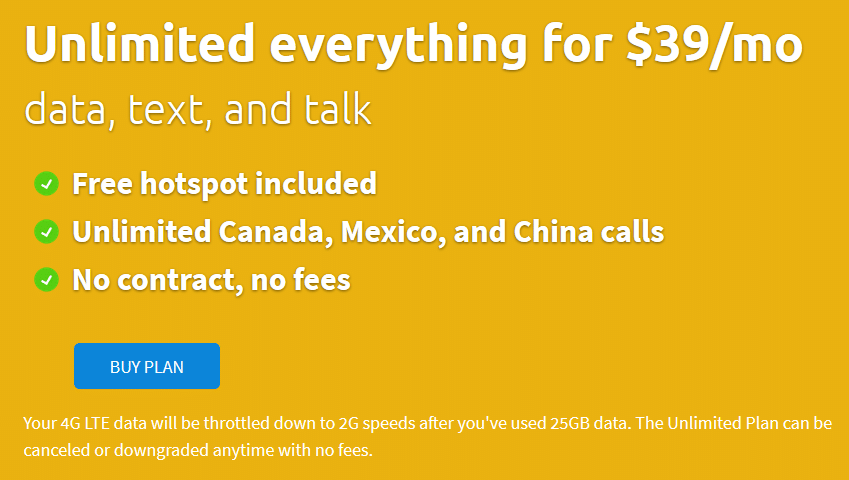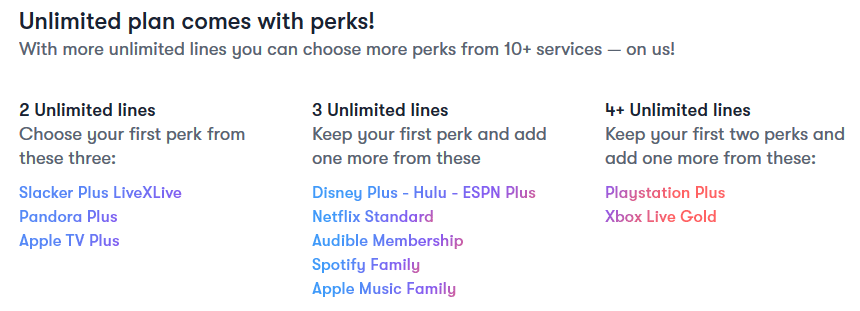In response to COVID-19, Mint Mobile began offering unlimited data at no charge to all its customers. Initially, subscribers who ran out of their regularly allotted data had to purchase 3GB data add-ons that would later be refunded.
Mint has now streamlined the process. Here’s an excerpt from a recent Reddit post by Rizwan Kassim, a co-founder of Mint Mobile:
I thought Mint might have intentionally put a bit of friction in the data add-on process to deter abuse and waste. It looks like there’s a better explanation:
Mint has added some sensible eligibility terms for the free data add-ons:
- Only subscribers who were customers before April 14 are eligible for free data add-ons
- Subscribers that downgrade their plans lose their eligibility for free data add-ons














